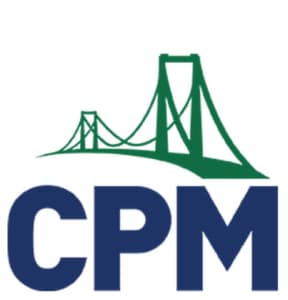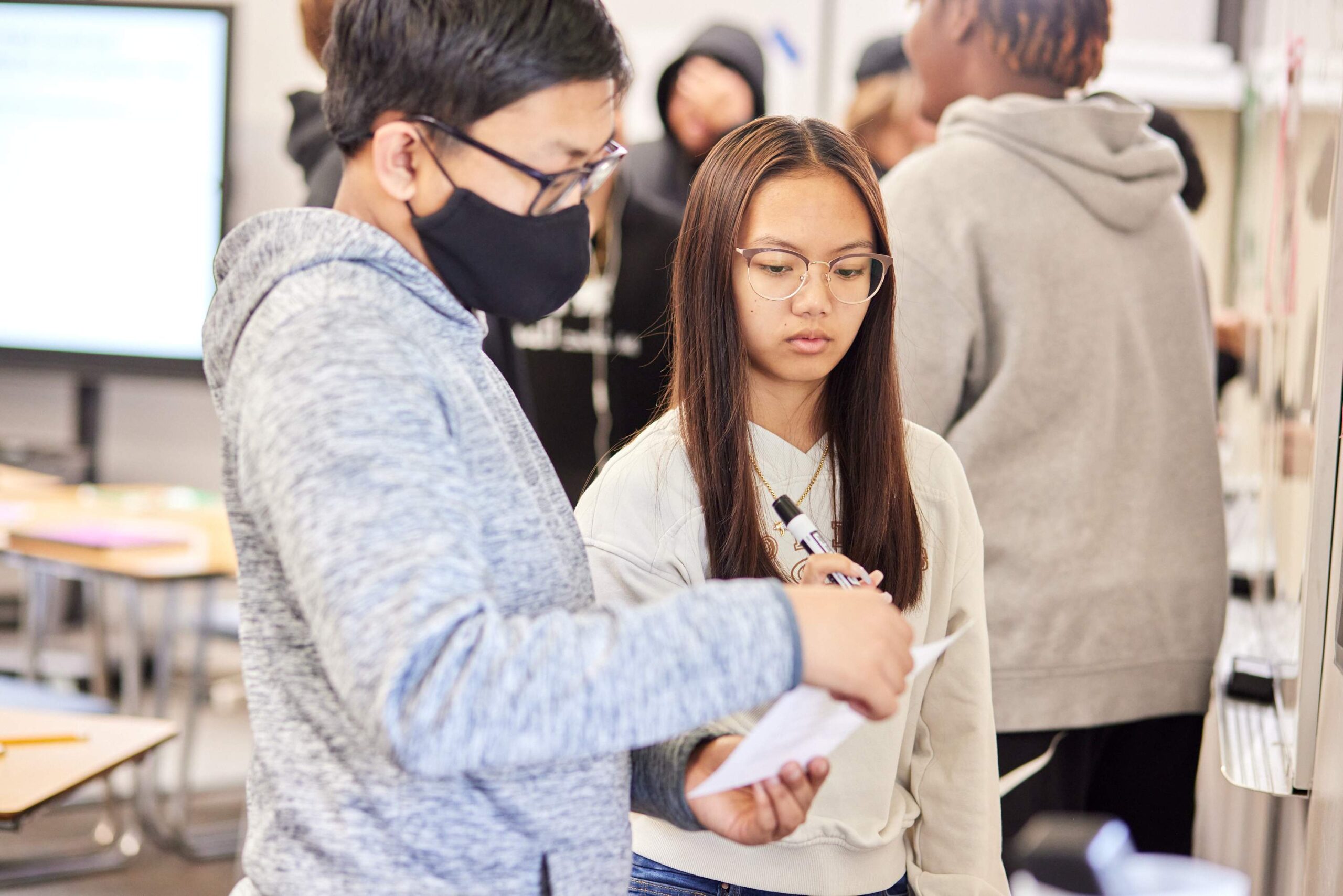
In January, a principal in a neighboring school district was placed on leave after an audio recording went viral in which the principal went on a racist rant. The community was swift to call for his firing. The investigation revealed, however, that a disgruntled colleague had created the recording using AI software. It took a forensic analyst from the University of Colorado to find “traces of AI-generated content with human editing after the fact” (Washington Post) in the recording.


Recently, along with many other CPM team members, I have had the chance to experience Inspiring Connections from a student lens. Naturally, this has led me to reflect on what I was like back when I was in middle school. I was smart and proud of it. I was intensely shy, and even when I did put myself out there, I felt out of place. I think I would have benefited a lot from being in a CPM classroom, which emphasizes helping students learn how to share ideas with each other. I am also quite certain that I would have been mad about it, at least in the beginning. What do you mean I have to talk to people my own age? I have to explain my thoughts in a way that’s intelligible to others? The indignity of it all! I know what I mean, why is that not enough?


Intervention. Voice and choice. Ownership. Those were our goals when we started to think about how we wanted to do things differently in our classroom. Our classroom is an Integrated 1 co-taught classroom where one-third of the students have IEPs, 504s, and/or designations as English Language Learners. We were loving the conversations that we were hearing in our class, but the test scores didn’t match what we were hearing and seeing. We knew we had to do something different.


Want to see a bunch of secondary mathematics teachers having fun? Watch them as they grapple with a newly crafted, powerful mathematical puzzle and playfully uncover layer upon layer of hidden connections and relationships. The excitement of each new surprise is only surpassed by the anticipation of making sense of the next mathematical challenge unveiled. Every Tom’s Problem that we have had the pleasure to work on (more than a dozen for Mark and three for Lara) has been an experience of joy.


Several years ago, teachers started using a system where they would place a picture of a pineapple outside their door to indicate to other teachers that they could visit that classroom. The idea was that the lesson they were teaching was “interesting” and therefore other teachers could witness student engagement and learning—but most of all, effective teaching. An upgrade to this system evolved into “Pineapple Charts” which were essentially calendars posted in break rooms so that teachers could indicate which days or lessons would be valuable to watch. This system provides some very valuable professional learning because it gives teachers the permission they feel they need to collaborate with their colleagues about educational challenges. It also provides a safe way to observe each other and be reflective of their own practice, and it creates collective efficacy among teachers that is not limited to subject matter or departments.


This professional learning is designed for teachers as they begin their implementation of CPM. This series contains multiple components and is grounded in multiple active experiences delivered over the first year. This learning experience will encourage teachers to adjust their instructional practices, expand their content knowledge, and challenge their beliefs about teaching and learning. Teachers and leaders will gain first-hand experience with CPM with emphasis on what they will be teaching. Throughout this series educators will experience the mathematics, consider instructional practices, and learn about the classroom environment necessary for a successful implementation of CPM curriculum resources.
Page 2 of the Professional Learning Progression (PDF) describes all of the components of this learning event and the additional support available. Teachers new to a course, but have previously attended Foundations for Implementation, can choose to engage in the course Content Modules in the Professional Learning Portal rather than attending the entire series of learning events again.
The Building on Instructional Practice Series consists of three different events – Building on Discourse, Building on Assessment, Building on Equity – that are designed for teachers with a minimum of one year of experience teaching with CPM instructional materials and who have completed the Foundations for Implementation Series.
In Building on Equity, participants will learn how to include equitable practices in their classroom and support traditionally underserved students in becoming leaders of their own learning. Essential questions include: How do I shift dependent learners into independent learners? How does my own math identity and cultural background impact my classroom? The focus of day one is equitable classroom culture. Participants will reflect on how their math identity and mindsets impact student learning. They will begin working on a plan for Chapter 1 that creates an equitable classroom culture. The focus of day two and three is implementing equitable tasks. Participants will develop their use of the 5 Practices for Orchestrating Meaningful Mathematical Discussions and curate strategies for supporting all students in becoming leaders of their own learning. Participants will use an equity lens to reflect on and revise their Chapter 1 lesson plans.
In Building on Assessment, participants will apply assessment research and develop methods to provide feedback to students and inform equitable assessment decisions. On day one, participants will align assessment practices with learning progressions and the principle of mastery over time as well as write assessment items. During day two, participants will develop rubrics, explore alternate types of assessment, and plan for implementation that supports student ownership. On the third day, participants will develop strategies to monitor progress and provide evidence of proficiency with identified mathematics content and practices. Participants will develop assessment action plans that will encourage continued collaboration within their learning community.
In Building on Discourse, participants will improve their ability to facilitate meaningful mathematical discourse. This learning experience will encourage participants to adjust their instructional practices in the areas of sharing math authority, developing independent learners, and the creation of equitable classroom environments. Participants will plan for student learning by using teaching practices such as posing purposeful questioning, supporting productive struggle, and facilitating meaningful mathematical discourse. In doing so, participants learn to support students collaboratively engaged with rich tasks with all elements of the Effective Mathematics Teaching Practices incorporated through intentional and reflective planning.